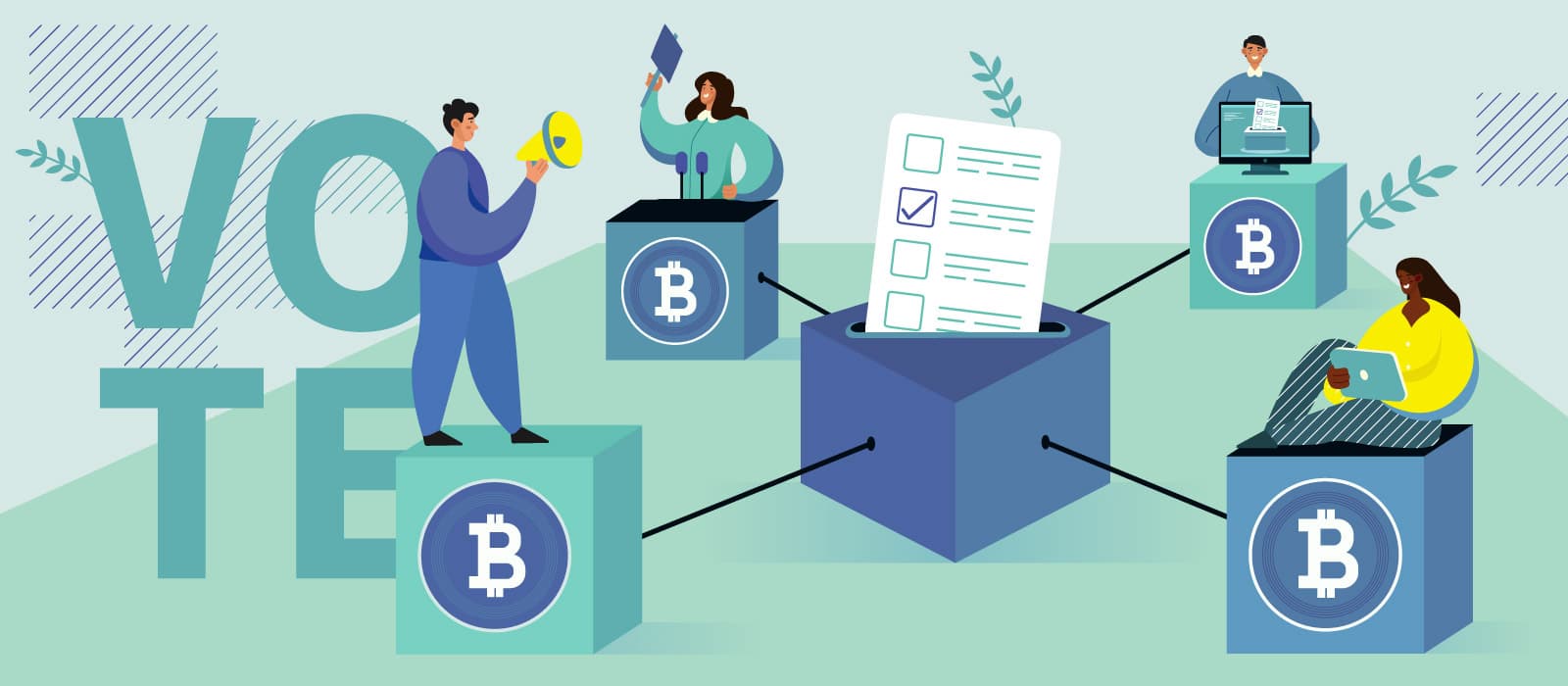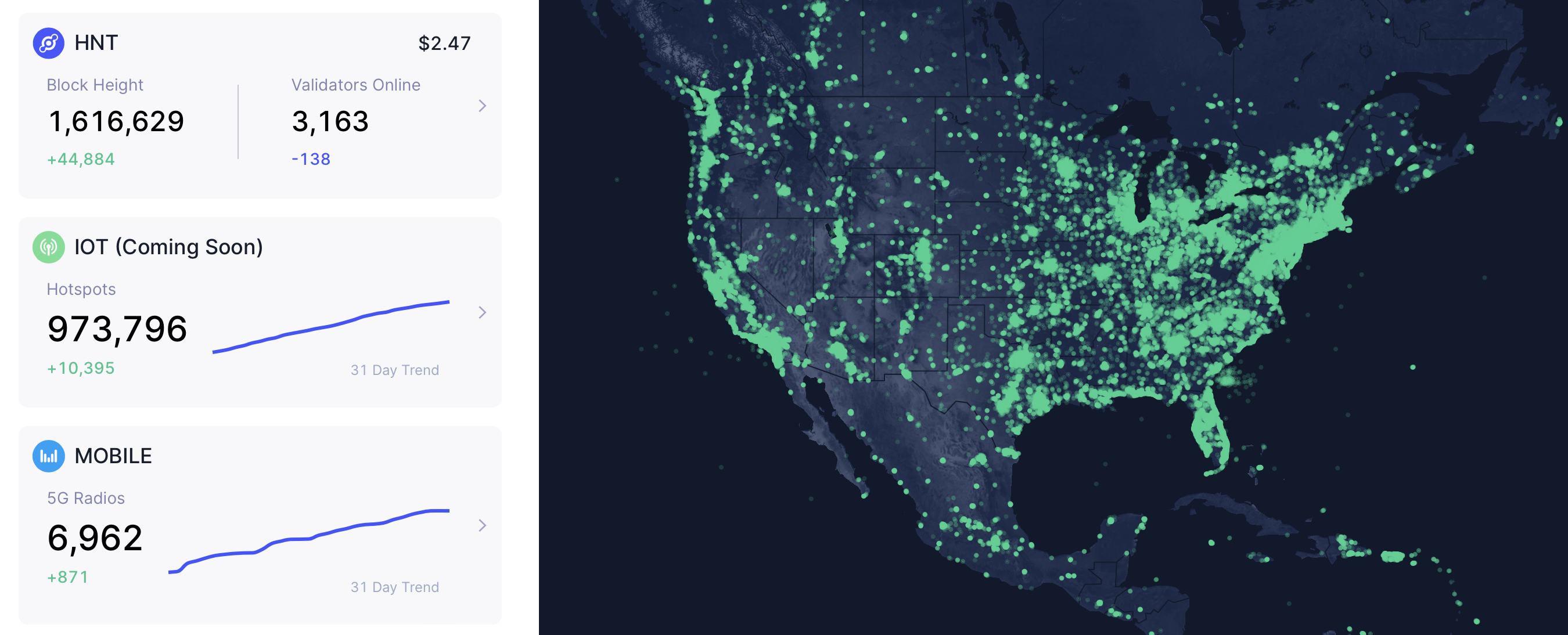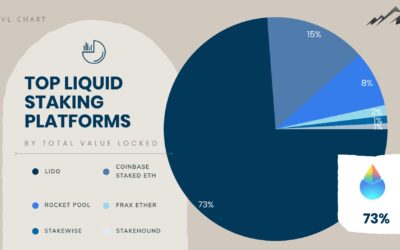Real World Problems Being Solved with Blockchain Technology
Whether you believe in the actual technology or have just heard about it through the general hype, it appears that blockchains and cryptocurrencies have now touched pretty much everybody’s life in one way or another.
Of course, everybody’s involvement is not the same. Some people might have downloaded an app on their iPhone to purchase some $BTC or $ETH (or even just to observe them), while others are deep in Solidity, Ethereum’s native coding language, building smart contracts to decide outcomes, infrastructure, fundraising, and governance, and more on numerous projects around the world.
What is a smart contract? Glad you asked, smart contracts are electronic contracts written in code that decide outcomes algebraically based on inputs, proof of information, or other required actions.
Many of the new layer-1s, such as $ICP and $ROSE, have easier to use and even more scalable smart contract capabilities than $ETH.
The possibilities of this technology are truly limitless; smart contracts are one of the main reasons we are still so bullish on the space. Please note, however, that nothing in this article is or should be considered financial advice, only our thoughts and opinions.
For centuries, we have observed the legal system fail thousands of people around the world, data be mismanaged and misrepresented, and blatant fraud occur at all levels of private and public sectors alike.
Technology is slowly but surely changing all of this, and a couple key players are leading the way. Throughout this article, we will talk about a few.
On the topic of governance and the legal system, a company call “InnoGov” is working on two main projects that are completely revolutionizing seriously outdated governmental systems.
Their main project is focused on certifying marriage licenses, food handlers permits, building permits, business licenses, and other legal documentation on the Ethereum blockchain. One might begin to imagine the possible benefits / use cases of other certificates being stored on an immutable blockchain like birth certificates, driver’s licenses, patient data, supply chain data, and so much more.
Another company called BurstIQ, for example, securely shares and stores medical records on-chain. This platform allows secure transactions to occur between parties and opens up numerous other benefits for both patients, doctors, and operators.
InnoGov’s second main project is called “BallotTech,” which is focused on upgrading the very outdated voting process that governments have been using for decades.
The current process involves counting votes by hand- not only does this require serious focus on making sure the votes are counted up right, it also requires serious coordination from all voters and all vote counters. Even the slightest of discrepancies between ballots or errors counting ballots can yield dramatically different outcomes.
Needless to say, the current voting system leaves a lot of room for inevitable human error, and in the worst of cases, manipulation.
Follow My Vote is another company that’s been around even longer than InnoGov and is working to create a “Virtual Ballot Box” to decrease the costs and increase the accuracy of the voting process, among other things.
Next Level Democracy, A Blockchain-Enabled Voting System
Voting is the perfect use case for blockchain technology in the sense that everybody should have only one vote and that vote should be immutable (nobody can cast it or change it but you). A DAO structure, as we talked about in our last article, is one of the rare environments in which true decentralization, and therefore true democracy, can occur. Not to mention in the case of voting the incredible speed and accuracy that having similarly formatted data all together in one place would bring to analytics and decision making.
For reference, as of Sunday, November 13th, the votes were still being “counted” in two states from the November 8th elections.
The internet has given the ability to aggregate clean and conformed data all in one place, yet we are still counting votes on centralized machines and mailed in paper…
The securitization of assets is becoming more and more popular for this reason. At first, this securitization of assets happened almost exclusively in the form of tokens (and many still are), but now more and more creators are looking towards even better solutions like DAOs, NFTs, and other decentralized options to securitize various assets.
It sounds complicated but it’s not. Most people don’t understand how many “Non-Fungible Tokens” already exist out there and how many you use daily.
Some examples (both physical and digital) are receipts, tickets, watches, TVs, food, basically anything that is uniquely identifiable (think serial numbers) and could in theory be traded. Of course, you would never make an NFT for food unless you planned on never eating it, because as soon as you ate it, it would cease to exist- although this could be thought of as a burn function in NFT lingo.
On the other end of that spectrum, your data that big tech companies are tracking and storing are also NFTs. Each data log of what specific websites you clicked at what specific times, or any and every other action you’ve ever taken online, is unique to you and immutably stored in one of Facebook, Google, and / or Apple’s data centers.
We believe that Web3 will not only bring the importance of data ownership to the attention of everyday people, but also allow those people to understand and participate in it. More and more groups are already starting to use NFTs, DAOs, and other modern decentralized frameworks in evermore creative ways.
Take Balcony DAO, for example, a group working to tokenize shares in investment properties through NFTs. Not only does each person’s individual NFT represent their share of ownership in that given property, but they are working to build out the ability to deliver “data rooms” to investors via specific, KYC-ed NFTs.
The main benefit of this would be that groups on both side of the equation (the data viewer and the data provider) are certain of each other’s identity, but it would also create a more streamlined, secure, and organized way to view, compare, and continuously reference important diligence material.
Tokenizing real assets (and even fractionalized ownership of them) is not necessarily something that new, but delivering, immutable, KYC-ed information through that tokenized asset (or even alongside it) is extremely novel, interesting, and promising for the space which is why we felt these guys deserve a special shoutout.
However, even large institutional groups, like KKR, have started tokenizing funds- which we talked more about in our investment law article from a couple of months ago.
In terms of actual real-world utility though, few come close to Helium, a protocol that connects the data of IoT devices to deliver real-time insights and services. These services have the ability to make all sorts of outdated industries “smart” by upgrading to modernized data analytics; why many have already been so widely adopted. This could be anything from water to logistics and smart cities to smart agriculture.
One of their most well known products is the “People’s Network,” which is working to bring cellular service monetization and incentivization to everyday people. Rather than trying to compete with existing players, Helium has tried to derive maximum value for shareholders by parting with large incumbent firms to achieve maximum success and deliver a high-quality product to end users.
Image from Helium Explorer
Making progress but still a long way to go as people can use Helium services if they possess $HNT tokens and there are service providers in that area (as seen in the chart above). This happens through a consensus mechanism unique to Helium called “Proof of Coverage.” However, users can now also sign up for a new $5/month service called “Helium Mobile” and get full network coverage from Helium and their new Network partner, T-Mobile. Miners and hotspot / service providers get paid out $HNT token in exchange for providing services to users. Helium makes it easy and fully transparent to be on either side (or both) of this ecosystem.
Speaking of coverage, we have seen “Metaverse” companies of all shapes and sizes pop up during the last few years, especially with the continued popularity of blockchains and online media.
That said, we have not seen many groups do it all that well. The Sandbox might have reached mass consciousness and attracted major celebrities, but their platform looks like a crappy, half-developed game from 2010 or earlier.
These stylized facts become apparent in the data. As of October 10th, 2022, The Sandbox had 616 Daily Active Users (DAUs) and Decentraland, another Metaverse product that was massively popular during the last few years, had just 23.
Blockcities, on the other hand, has developed infrastructure for the real world while leveraging the “Metaverse” in the process.
Designed to be a bridge between digital and physical worlds, Blockcities has created a digital twin of the earth to visualize future upgrades in the real world. They did this by overlaying the entire world with high resolution Google Map images broken out into hexagons that investors can purchase to own that land in the Blockcities “Metaverse.”
All functionality is facilitated through smart contracts, with the ability to be exported as widgets that can show up in other systems. In the near future, this will look like pins tied to real world locations, each pin with unique utility.
The plan is for all current functions of cities to occur in a more efficient, transparent, and technology-enabled way. This includes everything from voting to bidding on open community projects, analyzing properties available for rent and purchase to owning shares of real world assets, and more. This is a B2B, B2C, B2G, and G2C play.
While these functions may appear in a “Metaverse” setting, Blockcities has been built to integrate the physical world into functionality and application as much as possible.
At this point, it’s very important to understand that each of these tech platforms is and should be considered its own “Metaverse,” and that the word “Metaverse” really just describes any digital platform that allows users to interact simultaneously in the same place – even Instagram and Snapchat are examples of Metaverses in the truest sense of the word – although digital twins and AR / VR have pushed us towards accepting more of this new tech as the modern “Metaverse.”
Blockcities is doing a lot differently than many other Metaverses that we find particularly interesting. The first thing is that it’s structured as a DAO based on land ownership, which is very rare for Metaverse projects.
While many other projects have focused on community, Blockcities has focused on community but also utility for investors, starting specifically with governance. They are working to partner with local governments for the governance of Blockcities-owned parcels to be settled on-chain.
Establishing strong or at least some sort of communication between local government and highly modernized technology will happen eventually. The sooner that work starts, the higher chance of success, alignment, and progress on things we care about. There are big problems facing us all, but tech can help us solve them.
Blockcities also encourages real ownership alongside digital ownership and has plans to deliver additional tangible benefits other than governance and community to landowners over time. Like many other Metaverses, there is a fee share for others doing things on (or sometimes even just visiting) your land in the virtual world.
Outside of the virtual world, Utah-based startup Estate Chain is one of many groups helping settle physical real estate transactions in crypto. However, Estate Chain and most of the other groups mentioned so far in this article are relatively new and / or startup companies. There are large groups in the space that have tried and true technology as shown by their transaction volume.
One group, Propy, has done over $4B in transactions since its founding in 2015. This group helps users settle transactions in crypto, ensure proper property title diligence and transfer, and even turn houses into NFTs.
Kaleido provides blockchain solutions that help streamline auditing, operations, customs, payment, and more for all sorts of different interest groups. Their solutions have been used by organizations like the United Nations and the Center for Disease Control and Prevention.
We are very interested in the progression of blockchain in music as well. From legal to distribution and monetization, there is so much potential for positive disruption.
One group called Mediachain is working to bring power to creators through the blockchain. One of their main focuses is giving musicians the ability to better monetize their work in a more transparent way.
In terms of decentralization, it’s ironic that Mediachain was sold to Spotify in 2017, but it’s cool to see them still operating as an independent entity for the most part.
As we keep identifying the most interesting technologies in the space, we are excited to be part of building and investing alongside these creators to help bring the most value to this space and the world as a whole.
We may or may not be invested in any of the above-mentioned companies / organizations at any point in time. As always, please note that none of this is or should be considered financial advice.
If you want to learn more, feel free to reach out to us at any time.
We appreciate you reading!
The BMIG Team







0 Comments